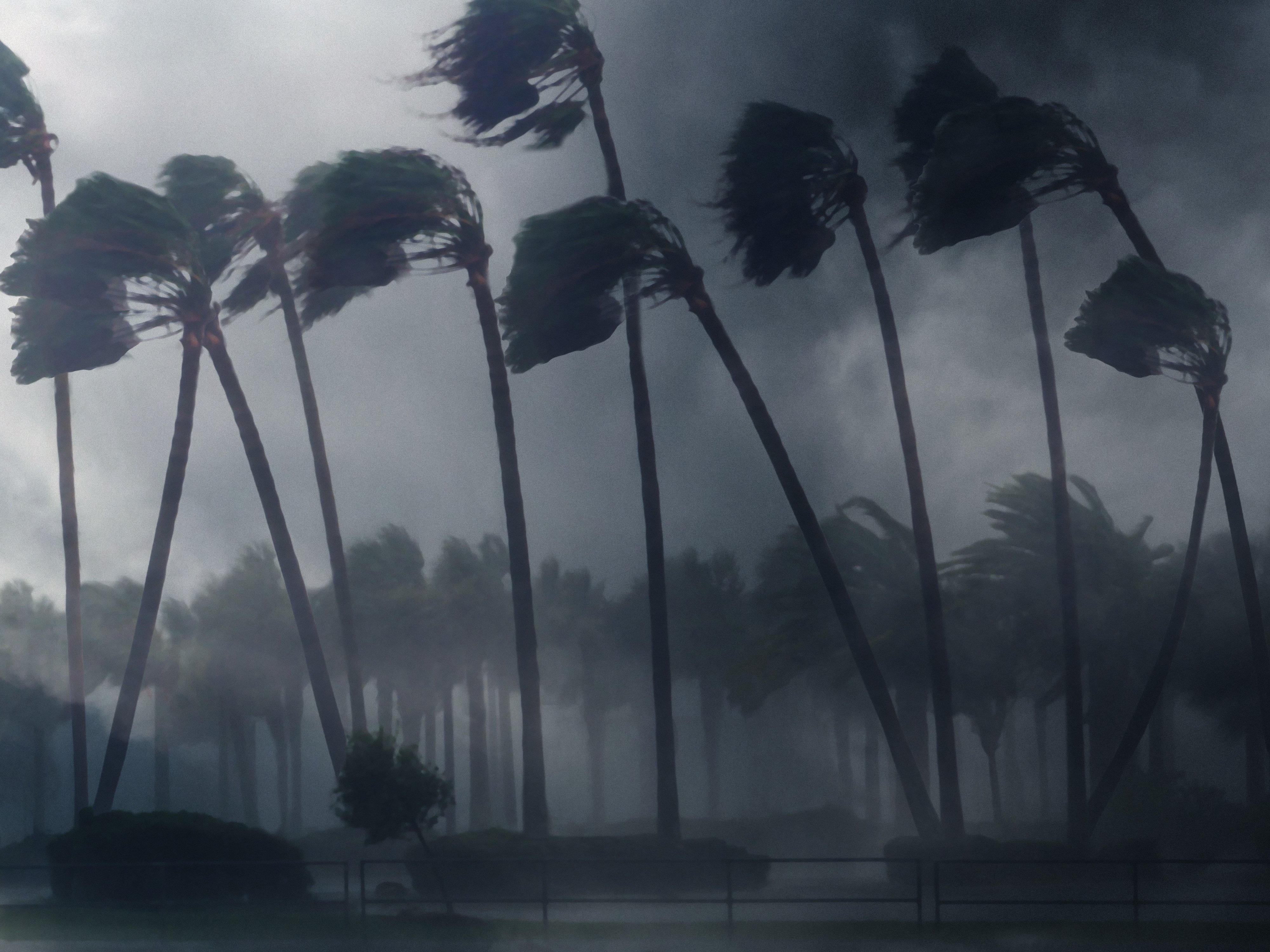When we are discussing school safety, we have to start from the position of what the expectations are. Then we have to complete a school safety and building security assessment to find out where we are when compared to the expectations. The results of that assessment should identify the gaps so that we can set our priorities. So what are the expectations? How do we meet those expectations? Can we meet the expectations? What happens if we can or don’t meet the expectations? Who sets them and how do we know when they have been met? We will discuss these and other questions as we explore school safety expectations in this blog and the accompanying podcast - Coffee with Kelly: A Discussion on School Safety.
So what are the expectations for school safety? So let’s start by recognizing there are at least several schools of thought here and none of them are necessarily grounded in reality. First, we have the political expectations that set the expectations based upon the most recent incident and they create another mandate that often doesn’t even solve the issue they have identified from the most recent incident. With these types of mandates, they primarily accomplish two things: They set a minimum without looking at any strategic plan, and they satisfy some political agenda. Second, because of the media coverage of these events, we have created a de facto public (National Expectation) expectation. An expectation that sets the school safety bar very high. And of course we have the “Zero” violence expectation. The expectation that these are 100% preventable and we can have an absolutely safe campus and community (remember that the schools, large and small, have a tremendous amount of influence and connection with almost everything that goes on within our communities).
Here are the expectations from our parents: they want to be able to send their kids safely to school in the morning, arrive at school safely, have a safe environment where they can reach their potential, and return home safely at the end of day. I guess the best questions to ask yourself here are, “what are your expectations; and, if you had children in school, would those expectations change?” Even if you don’t have children, that should be your perspective. Why, you ask? Because in most states and jurisdictions, while children are in school and/or participating in school activities, you are, in many respects, legally acting as their parent. You may have heard the term, “In loco parentis”; Latin for “in the place of a parent”. From this perspective, you might be able to establish a good place to start for your school. As you continue down the pathway to school safety, this perspective will expand as will your organizational and community expectations.
So for those of you who are still trying to find a starting point, here are some expectations that should help you get started:
- There is an expectation that your school and your district will provide a safe campus.
- Only those people who are authorized to be on campus will be allowed on campus.
- All of your staff and students have been trained AND can perform their responsibilities during an emergency situation.
- You will have a safe and supportive environment that is absent of bullying, threats with emotional and mental health support.
- You have the ability to know everyone who is on campus at any given time and you have a reasonable idea where they are while on campus.
- You have the ability to alert and communicate with everyone on campus during an emergency.
- You have ability to be directly connected to first responders.
- You have the ability to identify the location of those who are in need of emergency assistance.
- You have to ability to communicate with and keep the parent/families/guardians informed and instructions are provided.
- When necessary, during an emergency, you have the ability to reunite family members with their children and staff members.
- And, you should have the ability to work closely with emergency responders at all stages of the emergency event: Prevention, Preparedness, Response, and Recovery phases.
How you meet all of these expectations is the challenge that we all have to face.
So what happens if we don’t or can’t meet these expectations?
- First and foremost, the lives of your students, staff and visitors are literally at stake.
- Your career could be in jeopardy.
- You can be charged civilly and criminally in some cases.
- You lose the confidence of your community.
- With some of the lawsuits filed recently, we are talking about amounts in the hundreds of millions and into the billions of dollars.
This is why it is so critical that you document and record all that you do in regards to school and organizational safety.
Emergency management and response are nothing more than a series of problems that need to be solved; kind of like a math test. You have to start with simple problems, then as you gain more knowledge, you can tackle more complex problems. Now that you have tackled the more complex problems and you can solve them correctly, add more of them and in rapid succession; this is the essence of emergency management and response. Meeting expectations starts long before an emergency event occurs. Take a look back at your FEMA emergency response guidelines: Prevention/Mitigation, Preparedness, Response, and Recovery. More than half of those functions occur before the emergency starts. Now is a good time to start meeting the expectations of your safety programs.












(2)